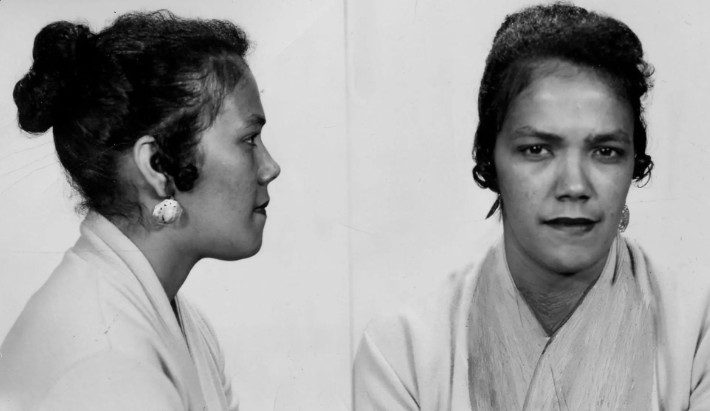
Date Created:
Year Created: 1961
Description:
The 1961 landmark Supreme Court case, Mapp v. Ohio, established that the exclusionary rule applies to state courts, meaning that evidence obtained in violation of the Fourth Amendment (protection against unreasonable searches and seizures) cannot be used in state prosecutions. This decision extended the exclusionary rule, which had previously applied only to federal courts, to state courts through the Fourteenth Amendment's Due Process Clauses.
Question: Were the confiscated materials protected from seizure by the Fourth Amendment?
Categories of Documents:
In an opinion authored by Justice Tom C. Clark, the majority brushed aside First Amendment issues and declared that all evidence obtained by searches and seizures in violation of the Fourth Amendment is inadmissible in a state court. The decision launched the Court on a troubled course of determining how and when to apply the exclusionary rule.
Justices Black and Douglas concurred.
Justice Stewart concurred in the judgment but agreed fully with Part I of Justice Harlan's dissent and expressed no view as to the merits of the constitutional issue.
Justice Harlan, joined by Justices Frankfurter and Whittaker, wrote a dissenting opinion.
Source: Oyez
Citation: "Mapp v. Ohio." Oyez, www.oyez.org/cases/1960/236. Accessed [Feb 6, 2025].
Web Address:

